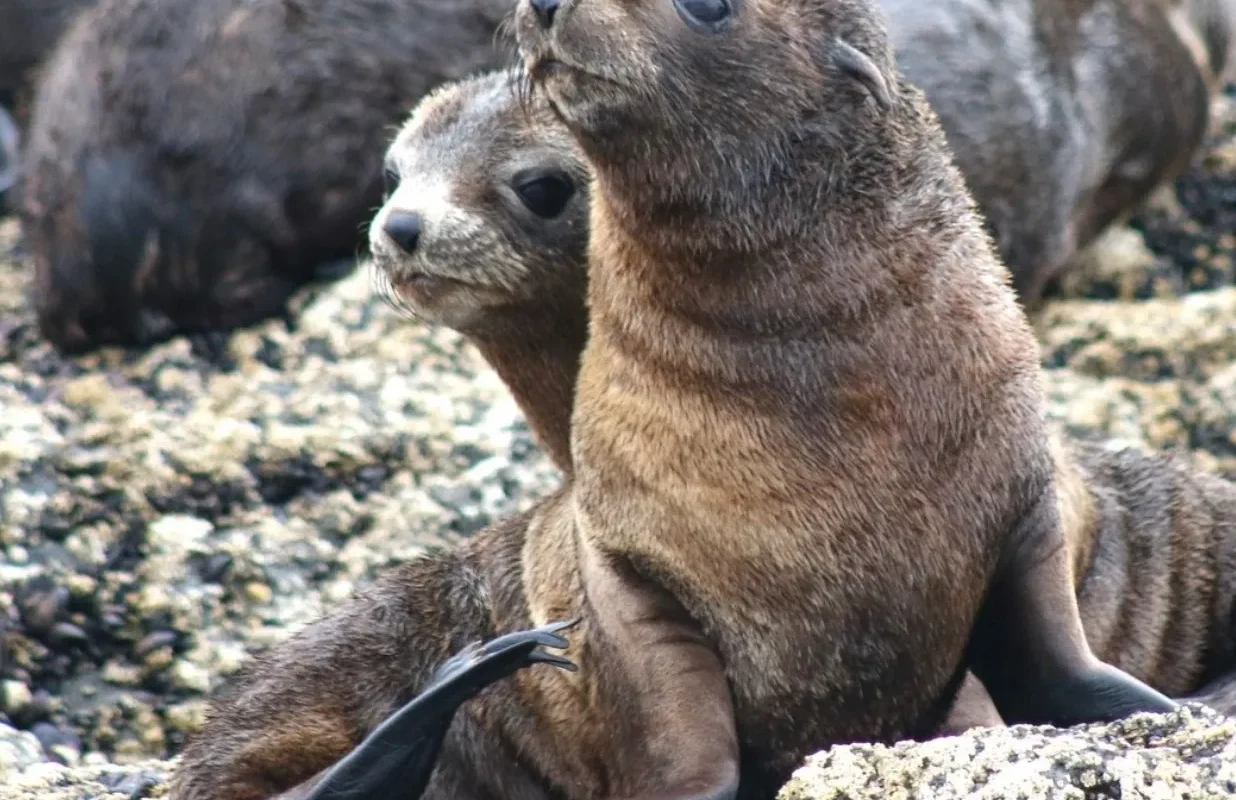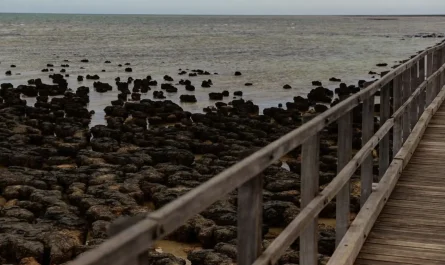When it comes to sustainable tourism, Phillip Island is an excellent example of how travelers can enjoy a destination’s natural beauty while minimizing their environmental impact. The eco-friendly destination sits off the coast of Victoria and has become a model for striking a balance between tourism and conservation. Phillip Island has pristine sandy beaches, stunning natural wonders, and diverse marine life that make it unforgettable for anyone who visits it. However, as this popular spot attracts more people, there is need for sustainable travel practices that will protect its unique ecosystems and ensure that they have a positive impact on the environment. So what does sustainable tourism mean? What can visitors do to help sustain this beautiful island?
Impact of Climate Change on Nature Parks
Climate change looms large over natural parks throughout the world; Phillip Island is no different. As global temperatures continue to rise, the fragile ecosystem in national parks around the island becomes ever more endangered. This could lead to changes in local wildlife patterns, variations in vegetation composition or even disruptions in sea life thriving around the island. For example, warmer ocean temperatures might affect the breeding cycles of species such as Little Penguins, whose annual Penguin Parade attracts thousands.
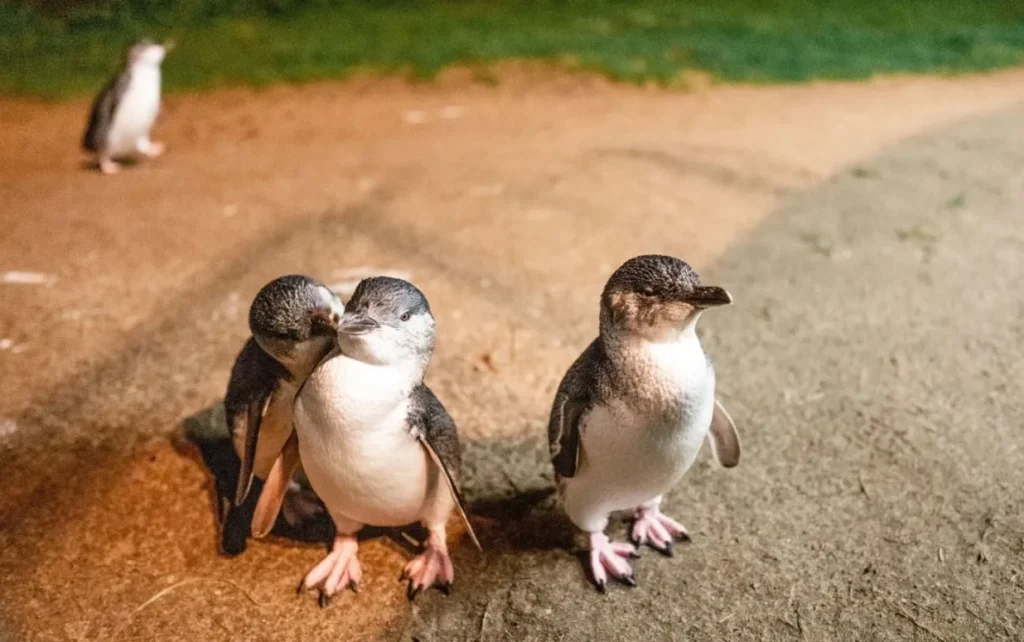
Phillip Island combats these outcomes by executing various protective measures geared towards climate change adaptation. Such initiatives comprise projects associated with habitat restoration which aim at rehabilitating areas affected by environmental pressures as well as promotion of carbon neutral operations within tourist firms . Support for these endeavors from conscious eco-tourists may be instrumental in curbing any negative eventualities emanating from climatic instability threatening Phillip Islands’ beauty.
Conserving Natural Resources on Phillip Island
Preservation of resources underpins sustainable travel, and strides on this front are being made by Phillip Island. The island’s water and energy conservation efforts are crucial in reducing its ecological footprint. To illustrate, many local businesses and accommodations have adopted water-saving technologies and energy-efficient practices that act not only as guardians for scarce island resources but also as an example to the visitors for their contribution towards the conservation of such resources.
One key initiative involves the comprehensive waste management and recycling programs spread across the island. By sorting refuse into suitable categories and encouraging recycling, Phillip Island cuts down on landfill usage while limiting pollution. Visitors can assist in these initiatives by observing recycling guidelines and making green choices throughout their stay.
Understanding Your Ecological Footprint
For sustainable travel, understanding one’s ecological footprint is critical. It refers to how much natural resources or environmental amenities a person consumes or wastes in terms of human waste materials generated. Therefore, knowing your ecological footprint will enable you to make appropriate choices to reduce it.
With respect to tourists, this means looking at things like transportation, accommodation and activities. Selecting eco-friendly housing options, such as those certified by Ecotourism Australia, as well as adopting sustainable modes of transport, could bring about a significant reduction in your carbon footprint. Moreover, engaging in activities that respect local wildlife and nature preserves ensures that your travels do not come off as environmentally unfriendly.
Eco-friendly Practices at the Penguin Parade Visitor Center
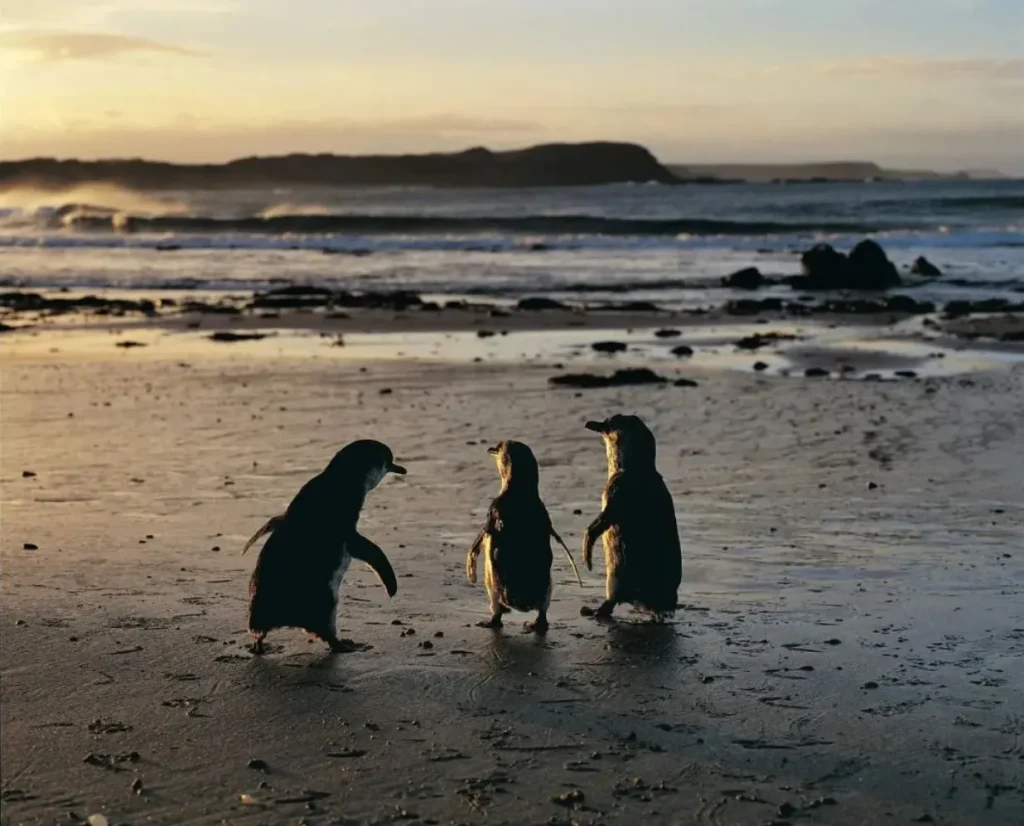
The Penguin Parade is one of Phillip Island’s most visited places, attracting tourists from all over the world to see the cute Little Penguins come back to land every night. The Penguin Parade Visitor Centre has embraced various eco-friendly practices in order to maintain this experience in a sustainable manner. In order to minimize its carbon footprint, the centre was built with renewable construction materials and energy-saving appliances.
Moreover, the visitors are taught about conservation measures including protecting penguins’ residents. This entails strict controls that reduce disturbances and proper management of waste products. Below are some of the key sustainable features of the Penguin Parade Visitor Center:
| Feature | Description |
|---|---|
| Sustainable Design | Use of eco-friendly building materials and energy-efficient systems |
| Visitor Education | Programs and displays educating visitors on penguin conservation |
| Waste Management | Comprehensive recycling and waste reduction strategies |
Bins on Boats: For Sustainable Choices in Marine Tours
Phillip Island’s marine tours offer a great chance to experience the area’s abundant marine life. However, environmental risks can occur if these tours do not practice proper waste management. Many operators now fit their boats with bins to encourage proper garbage disposal and prevent sea littering. This step is aimed at safeguarding the marine ecosystems and retaining the pristine status of the waters near this island.
These guidelines help tourists contribute through waste disposal while on these tours. This includes using available special-purpose bins instead of throwing any waste into the ocean waters. It is by doing so that visitors back up tour operators’ efforts for a sustainable environment leading to a holistic conservation of Phillip Island’s natural beauty.
Koala Conservation Efforts at the Koala Conservation Reserve
Phillip Island has one major site for koala conservation, known as the Koala Conservation Reserve. The reserve undertakes various strategies like restoration of habitats, breeding programs, and ensuring the wellness of koalas by monitoring their health. Through these efforts, they aim to protect this iconic marsupial species and its habitats.
In this sanctuary, visitors get an opportunity to see how koalas are being nursed in a controlled natural setting where they can interact with them from a closer distance. To this end, by paying entrance fees or making donations, tourists support such projects that fund these activities, hence safeguarding koalas in that particular place.
Eco-conscious Wildlife Tours: Phillip Island Seal Cruise
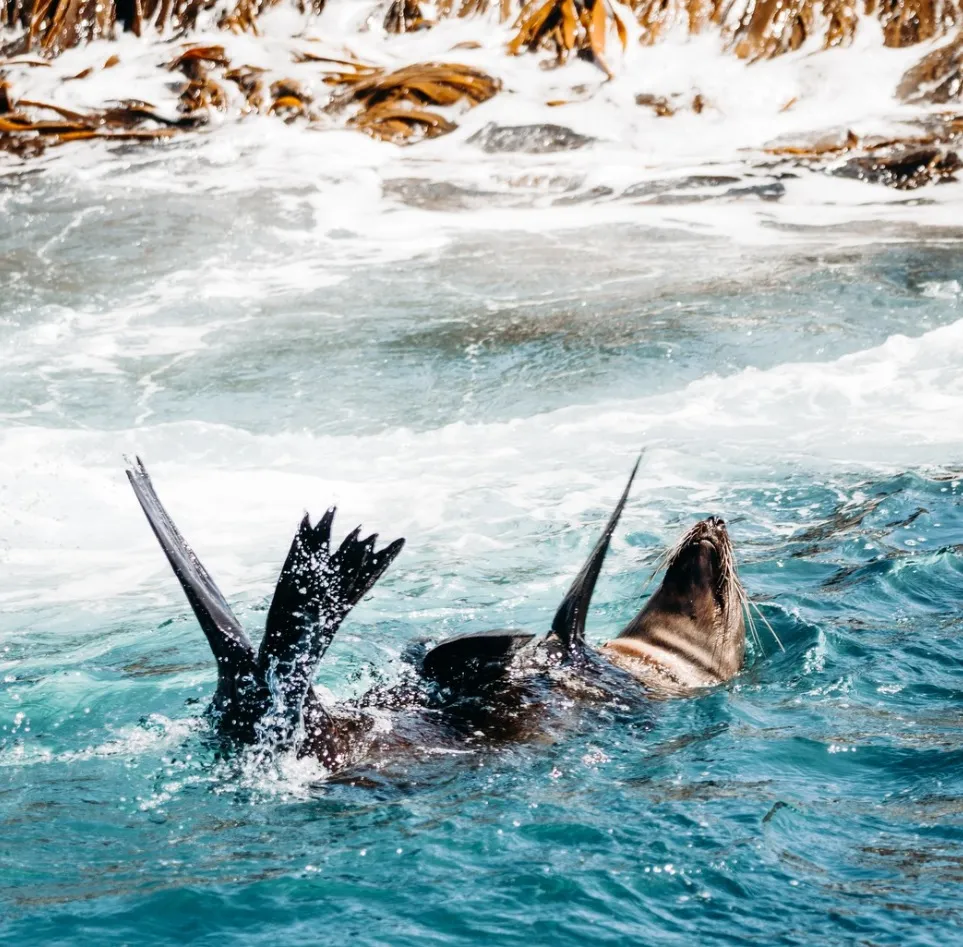
Seals found on Phillip Islands are best seen in their colonies during Phillip Island Seal Cruises which is a popular activity among visitors to this destination. Tour procedures have been designed with wildlife welfare as one key consideration among operators who organize these trips, thus triggering responsible practices and attitudes towards wildlife viewing in marine environments. Consequently, there is need to stay away from seals as well as avoid disturbing them hence minimal interruption on its behavioural patterns.
In terms of sustainability, tours are chosen to utilise low-emission engines and comply with regulations to protect marine life. Thus, by choosing green tours such as the Phillip Island tour from Melbourne, visitors can observe seals while maintaining sustainable practices that protect them in their natural habitat.
Sustainable Dolphin Experiences: Sea All Dolphin Swims
Sea All Dolphin Swims is one of the best ways for people to engage with dolphins in a way that does not harm their environment. On these trips, the interests of the dolphins’ well being together with those of their habitats is taken care of; all interactions are therefore done with dignity and caution. They also display strict observance towards the preservation of dolphins as well as their surrounding environs.
Educational information on responsible wildlife interaction is given to guests during these trips thereby ensuring dolphin protections. Therefore by participating in such sustainable alternatives they assist in saving sea creatures through an interactive session with dolphins that won’t be easily forgotten.
Wilsons Promontory Cruises: Eco-friendly Guidelines
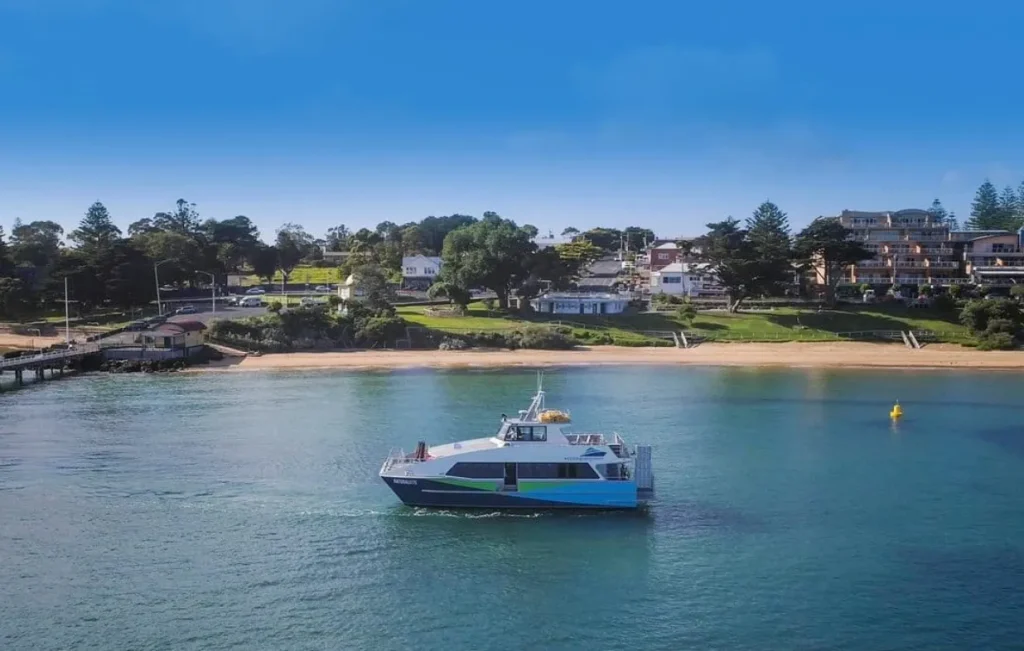
Wilsons Promontory Cruises provide another opportunity for eco-conscious travellers to explore the natural beauty of Victoria’s coast. These cruises have outlined ecological instructions on which they operate so as to minimize any negative effects they may cause on nature. Energy-efficient vessels are used, and waste-reduction policies are implemented throughout such voyages.
Cruise operators also enlighten passengers about local ecosystems and measures taken towards conserving such zones, thus promoting tourism appreciation for nature around this region. Tourists should choose eco-friendly cruises that offer great views of coastlines with an aim to enhance sustainable tourism activities.
Conclusion: Embracing Sustainable Travel on Phillip Island
Given that Phillip Island is still attracting tourists due to its natural beauty and wildlife experience, it is more significant now than ever to embrace sustainable travel practices. By understanding one’s ecological footprint and supporting local conservation initiatives, among other things, people are able to contribute towards the preservation of this outstanding place. By making conscious choices and adopting eco-friendly behaviors, visitors can explore Phillip Island while ensuring its natural beauty will be preserved for future generations.
Sustainable tourism does not only involve the reduction of negative impacts; it also entails providing active support and participation in conservation efforts. Whether it involves upholding waste management practices or supporting conservation reserves or even just taking eco-sensitive tours, every effort matters when it comes to protecting the environment of Phillip Island. Through developing a culture of sustainability within their ranks, tourists can ensure that Philip Islands keeps flourishing for years on end.
FAQs
What are some easy ways to travel more sustainably on Phillip Island?
Consider staying at environmentally friendly accommodations while on Phillip island instead of conventional ones as well as playing your part in reducing pollution by using public transport systems instead of personal vehicles with which you will contribute much less carbon emissions since such buses use combination engines. Additionally, responsible waste management should be practiced by recycling and reducing single-use plastics.
How can I reduce my ecological footprint while visiting nature parks?
There are park guidelines that may help reduce your ecological footprint besides other steps like avoiding littering and sticking to marked trails so that native vegetation isn’t trampled upon, as well as being mindful of your energy and water use, considering we all know how damaging excessive consumption can be in these resources. Activities that bear the least environmental impact possible or that require funds for local conversation efforts should be given priority.
Are there specific eco-friendly accommodations on Phillip Island?
Phillip Island has several environmentally friendly accommodation options that focus on sustainability. Look for places certified by Ecotourism Australia, which implement practices such as energy and water conservation, waste reduction, and support for local conservation projects.
What role do marine tours play in conservation efforts?
Much awareness and education about marine life and ecosystems are created through marine tours, thereby promoting conservation. These responsible environmental operators decrease their impacts while the profits from these visits are often channelled into protecting the environment.
How can I support local conservation projects during my visit?
You can visit and donate to conservation reserves in order to support local protection efforts during you stay on this island. Likewise, by spreading knowledge about the problems of nature as well as practising responsible tourism, you can help a lot to save Phillip Island’s natural environment.
